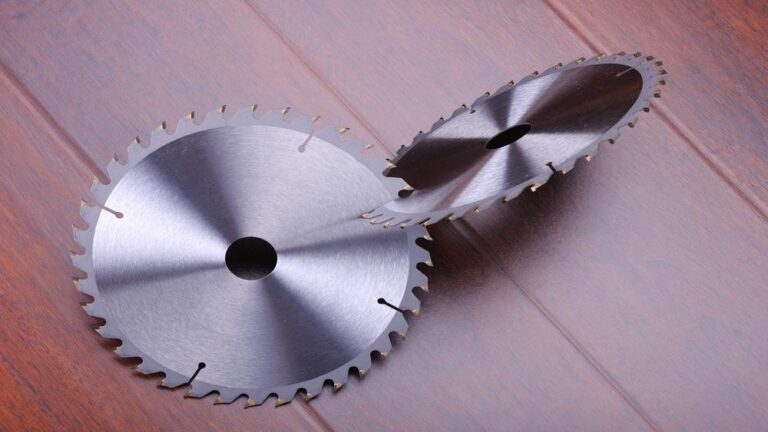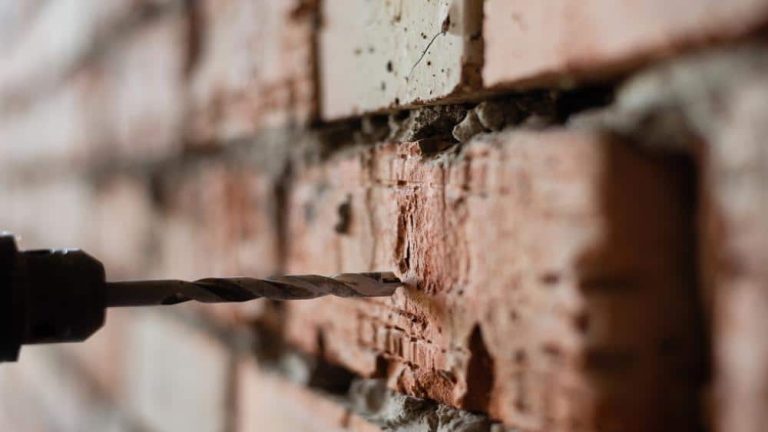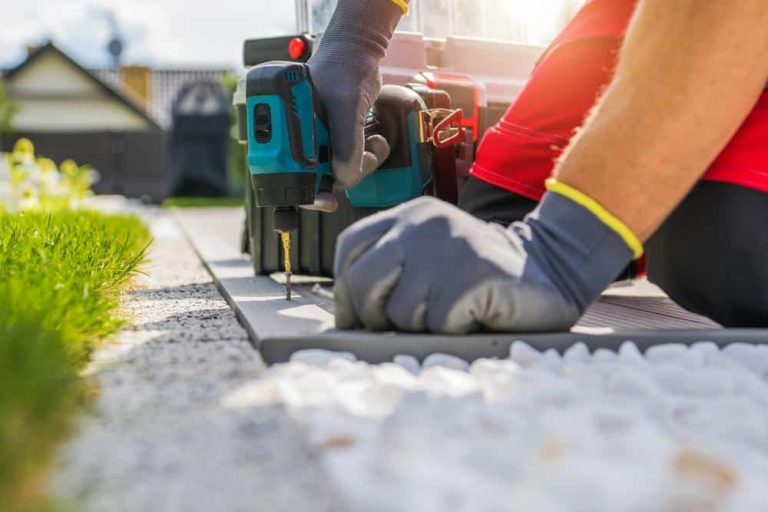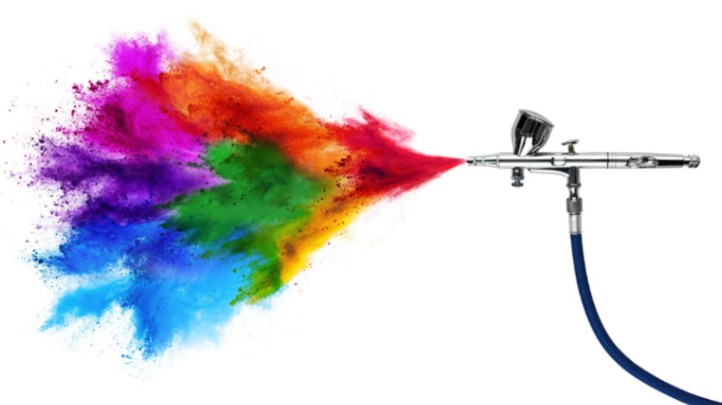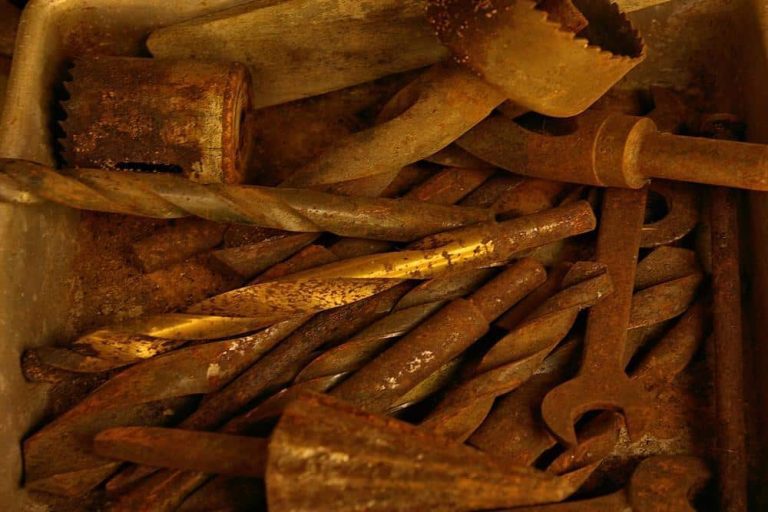If you are like most people, cleaning a toilet plunger is not high on your list of favorite things to do. However, it is important to clean and properly maintain your plunger to ensure that it stays in good condition and is effective when you need to use it. In this blog post, we will go over how to clean a plunger after use and keep it in good working order. We will cover everything from removing debris and waste to drying and storing the plunger, so you can feel confident that you are doing everything you can to keep your home clean and healthy. So, let us get started!
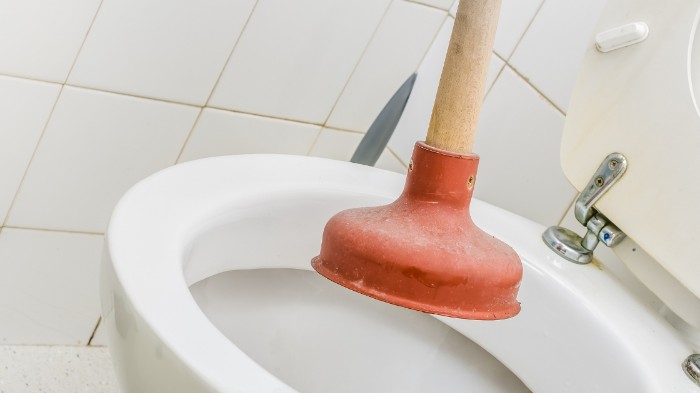
1. Clean as a Whistle: How to Clean Your Plunger and Keep It in Perfect Working Order
To clean a plunger after use, follow these steps:
- Flush the toilet to remove any remaining waste from the bowl.
- Rinse the plunger under hot water to remove any visible debris or waste.
- Using a mild soap and a scrub brush, scrub the plunger to remove any remaining dirt or bacteria. Be sure to scrub the entire surface of the plunger, including the handle and the rubber end.
- Rinse the plunger thoroughly under hot water to remove all soap and dirt.
- Dry the plunger completely before storing it. This will help prevent the growth of bacteria and mold.
- If the plunger has a particularly strong odor, you may want to soak it in a solution of equal parts water and white vinegar for a few hours before scrubbing and rinsing it. This can help remove any lingering odors.
- If the plunger is particularly dirty or has been used to unclog a particularly dirty drain, you may want to consider replacing it.
- This will help ensure that the plunger is effective at unclogging your drains and that it does not spread any bacteria or germs.
2. Do you wash a plunger after use?
Yes, it is recommended to wash a plunger after use to remove any dirt, debris, or bacteria that may have accumulated on it during use. Plungers can become dirty and potentially harbor bacteria if they are not cleaned regularly, especially if they are used to unclog drains that are particularly dirty or contain waste.
To clean a plunger, rinse it under hot water to remove any visible debris or waste, and then use a mild soap and a scrub brush to scrub the entire surface of the plunger, including the handle and the rubber end. Rinse the plunger thoroughly under hot water to remove all soap and dirt, and then dry it completely before storing it.
If the plunger has a particularly strong odor, you may want to soak it in a solution of equal parts water and white vinegar for a few hours before scrubbing and rinsing it.
It is important to keep your plunger clean to ensure that it is effective at unclogging your drains and preventing the spread of bacteria or germs. If the plunger is particularly dirty or has been used to unclog a particularly dirty drain, you may want to consider replacing it.
3. Where do you clean your plunger?
It is best to clean a plunger in the bathroom where it is typically used. This is because the bathroom usually has a sink or other source of water that can be used to rinse the plunger.
Additionally, the bathroom is often equipped with cleaning supplies such as soap and a scrub brush, which can be used to scrub the plunger to remove dirt and bacteria.
4. How do you clean and store a toilet plunger?
To clean a toilet plunger, follow these steps:
- Remove any visible debris or waste from the plunger by rinsing it under running water.
- Fill a bucket with warm water and a small amount of mild detergent.
- Submerge the plunger in the water and use a scrub brush to scrub the rubber end and the handle.
- Rinse the plunger thoroughly under running water to remove all soap and debris.
- Allow the plunger to air dry completely before storing it.
- To store the plunger, you can keep it in a designated storage area near the toilet, such as under the sink or in a cabinet.
- Alternatively, you can hang it on a hook near the toilet for easy access. Just be sure to keep the plunger out of reach of children and pets.
5. Can I clean a plunger in the shower?
Yes, you can clean the plunger in the shower. In fact, cleaning a plunger in the shower can be a convenient and hygienic way to get the job done.
6. How often do you need to replace a plunger?
The frequency with which you need to replace a plunger depends on several factors, including its quality, how often it is used, and how well it is maintained.
In general, a plunger that is used regularly and well-maintained should last for several years. However, if the rubber end becomes damaged or wears out, it may need to be replaced sooner.
Here are a few signs that it may be time to replace your plunger:
- The rubber end is damaged or worn out: If the rubber end of the plunger is cracked, split, or otherwise damaged, it may not be able to create an effective seal when used. In this case, it is time to replace the plunger.
- The plunger is no longer effective: If the plunger is no longer able to clear blockages or is not able to create sufficient suction, it may be time to replace it.
- The plunger has become unsanitary: If the plunger has become dirty or covered in waste, it may be difficult to clean and may need to be replaced for hygienic reasons.
- If you are unsure if it is time to replace your plunger, you can try cleaning and maintaining it to see if it becomes more effective. If you find that the plunger is still not working well after cleaning and maintenance, it may be time to invest in a new one.
7. Why is my toilet still clogged even after I use the plunger?
There are several reasons why a toilet may still be clogged even after using a plunger. Some reasons include:
- The blockage is too large or too hard to be removed by the plunger: If the blockage in the toilet is too large or too hard, the plunger may not be able to effectively remove it. In this case, you may need to use a toilet auger or a different tool to remove the blockage.
- The plunger is not being used correctly: To be effective, a plunger needs to create a tight seal around the opening at the bottom of the toilet bowl. If the plunger is not being used correctly or is not making a tight seal, it may not be able to generate enough suction to remove the blockage.
- The blockage is located further down the drain: If the blockage is located further down the drain, the plunger may not be able to reach it. In this case, you may need to use a toilet auger or a different tool to remove the blockage.
- There is a problem with the plumbing: If the toilet continues to clog even after using a plunger and other tools, there may be a problem with the plumbing in your home. In this case, it may be necessary to call a plumber to diagnose and fix the problem.
If you have tried using a plunger and it is not effective, you may want to try using a toilet auger or a different tool to try to remove the blockage. If these methods do not work, it may be necessary to call a plumber for assistance.
8. Conclusions
In conclusion, cleaning a plunger after use is important for maintaining good hygiene and ensuring that the plunger is effective when you need to use it. By following the steps outlined in this blog post, you can easily and effectively clean your plunger and keep it in good working order.
Remember to rinse the plunger under running water to remove any visible debris or waste, scrub the rubber end and handle with a mild detergent, and allow the plunger to air dry completely before storing it. By taking the time to professionally clean and maintain your plunger, you can help to keep your home clean and healthy and be prepared for any plumbing emergencies that may arise.

